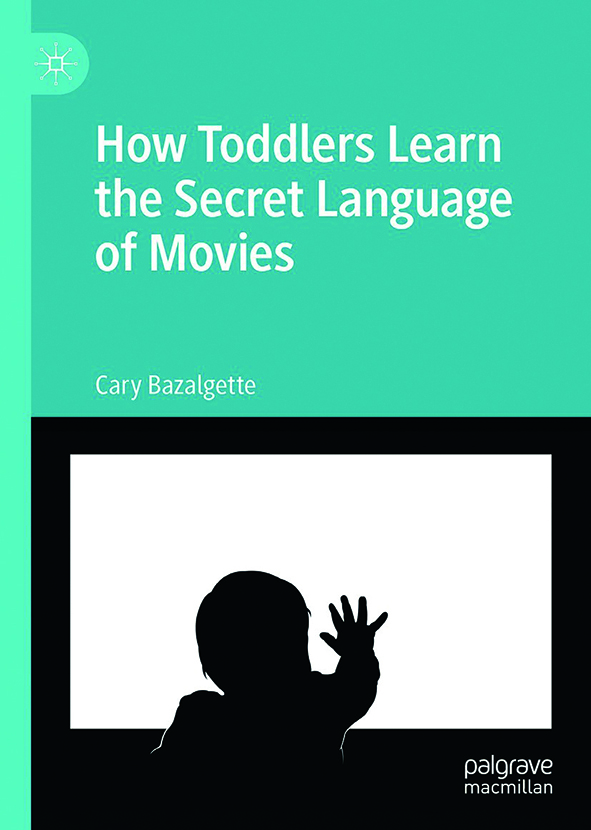
 Based on a PhDstudy by a media education specialist, this book blew my mind. I think that, in future, it is likely to become a seminal text.
Based on a PhDstudy by a media education specialist, this book blew my mind. I think that, in future, it is likely to become a seminal text.
Cary's attitude to the children and media is extremely refreshing. She challenges the idea that movie-watching is ‘passive’. She studied her twin grandchildren's use of media from 22 to 42 months. They are Connie and Alfie, and Cary refers to observations of each child throughout the book. She suggests that the children ‘focus intently’ rather than being ‘passive’. Viewing commonly referred to as ‘obsessive’ she reframes as ‘studying and working out what is happening’.
Register now to continue reading
Thank you for visiting Nursery World and making use of our archive of more than 35,000 expert features, subject guides, case studies and policy updates. Why not register today and enjoy the following great benefits:
What's included
-
Free access to 4 subscriber-only articles per month
-
Unlimited access to news and opinion
-
Email newsletter providing activity ideas, best practice and breaking news
Already have an account? Sign in here
